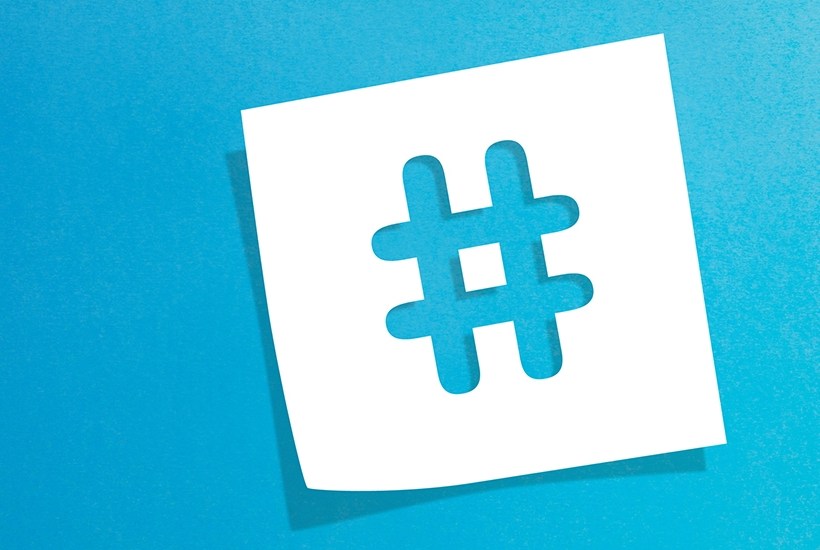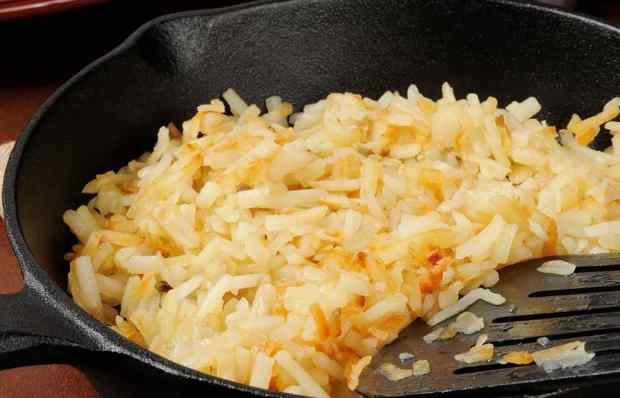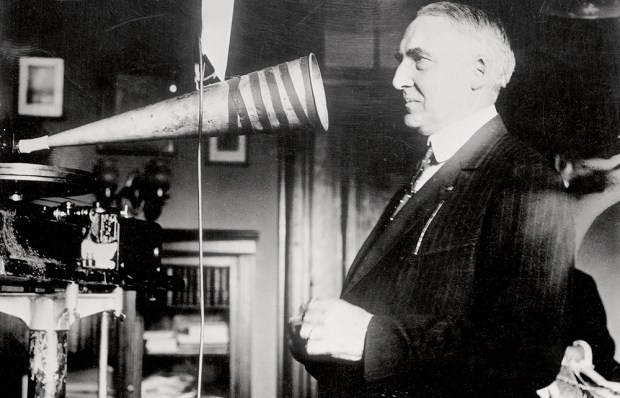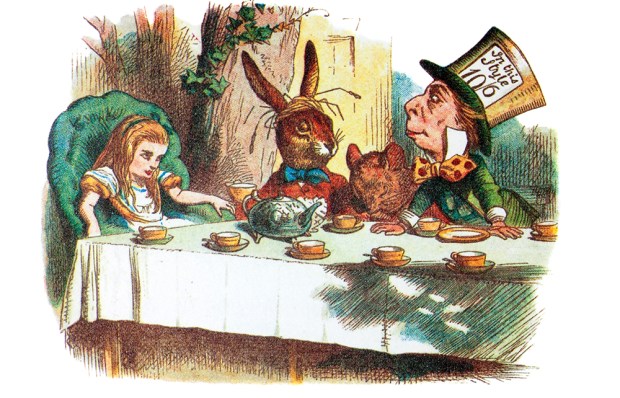‘So my poor wife rose by five o’clock in the morning, before day, and went to market and bought fowls and many other things for dinner, with which I was highly pleased,’ wrote Samuel Pepys on 13 January 1667. They were eight. ‘I had for them, after oysters, at first course, a hash of rabbits, a lamb and a rare chine of beef. Next a great dish of roasted fowl, cost me about 30s, and a tart, and then fruit and cheese. My dinner was noble and enough.’ My husband said he liked the sound of this and asked if I might manage something similar out of doors, for six, duly distanced. I noticed he had doodled in the margin of his Times#rabbits.
Hash sign shares an origin with rabbit hash, both being related to the French hacher, ‘cut in pieces’. The French for ‘axe’ is hache. Also related is hatch, to make lines that artists such as Michael Heath use for shading. From hatchderive hash sign and hashtag.
Yet French language authorities have taken against hashtag. The Commission d’enrichissement de la langue française (Celf, the unarmed wing of the Académie française) has denounced hashtag, insisting the French must use mot-dièse.
One trouble is that dièse means ‘sharp’, in music. (Dièsecomes from the Greek musical term diesis. To complicate things, diesisin English has been used by printers for the double dagger ‡.) So Celf must be in a state of undeclared war with the Oxford English Dictionary, which declares of hash #: ‘The symbol is sometimes identified (erroneously) with the sign denoting a sharp note in musical notation.’ (The Unicode formula for a hash mark is U+0023, and the sharp is designated U+266F.)
The hash has grown in importance since 2007 when Twitter introduced the hashtag — a hash followed by a word about which tweeters want to encourage a conversation (#KillerMike or #HorseRacing).
The hash is also (rarely) called an octothorp, a name coined by Bell telephone people in the 1960s when the hash and asterisk were introduced on telephone keypads. The name already seems obsolescent, like mot-dièse, which my online French dictionary calls: ‘nom officiel non utilisé’.
Got something to add? Join the discussion and comment below.
Get 10 issues for just $10
Subscribe to The Spectator Australia today for the next 10 magazine issues, plus full online access, for just $10.
You might disagree with half of it, but you’ll enjoy reading all of it. Try your first month for free, then just $2 a week for the remainder of your first year.















Comments
Don't miss out
Join the conversation with other Spectator Australia readers. Subscribe to leave a comment.
SUBSCRIBEAlready a subscriber? Log in